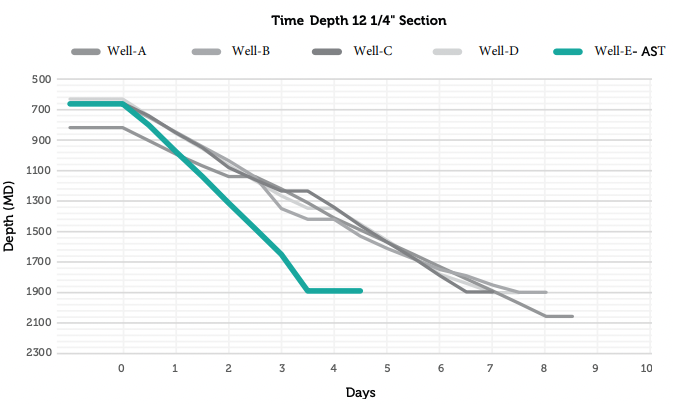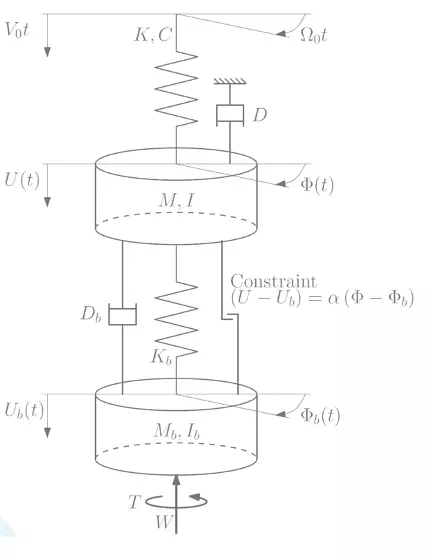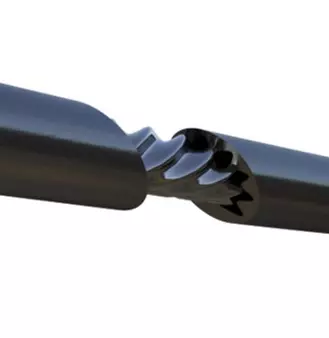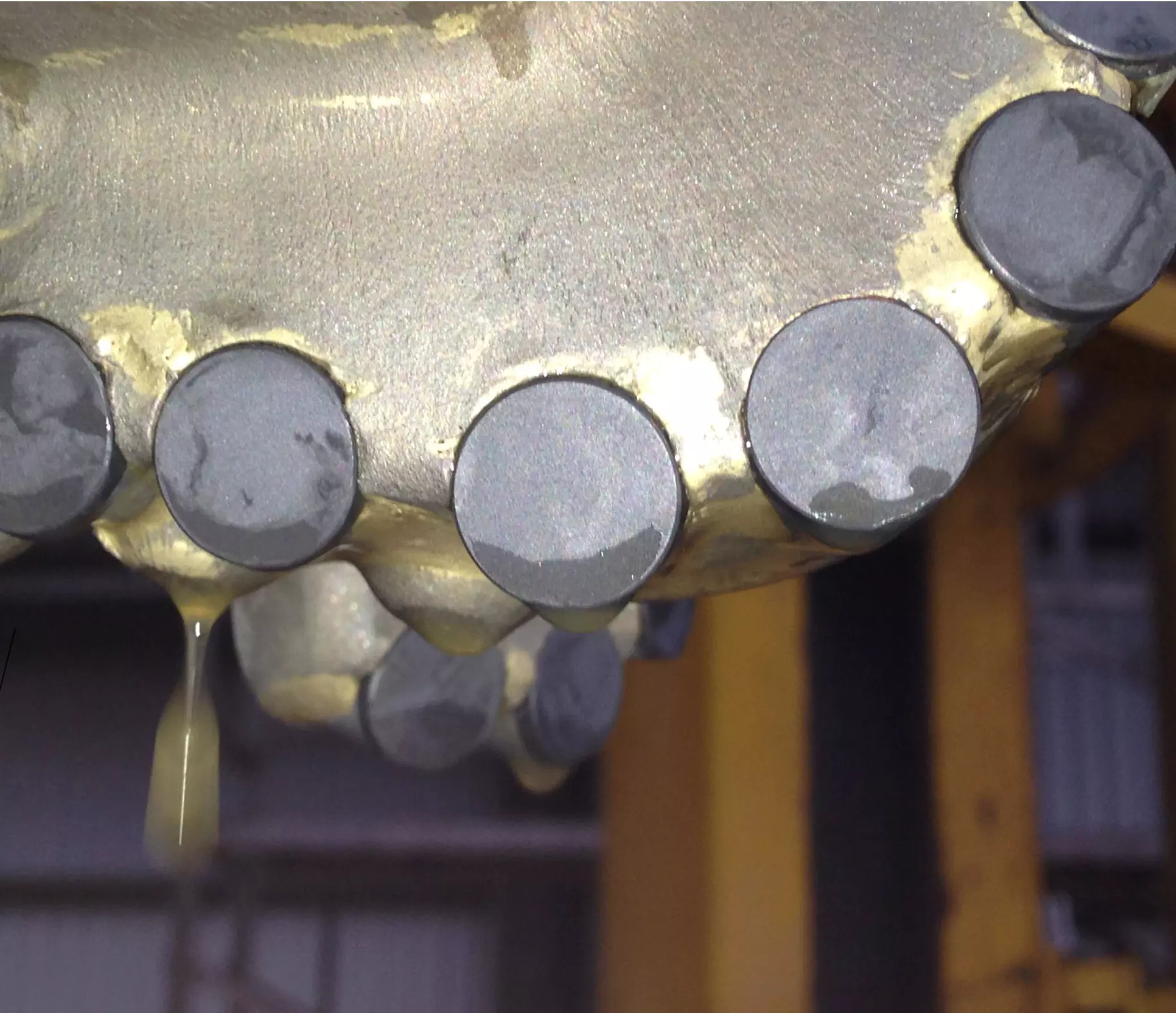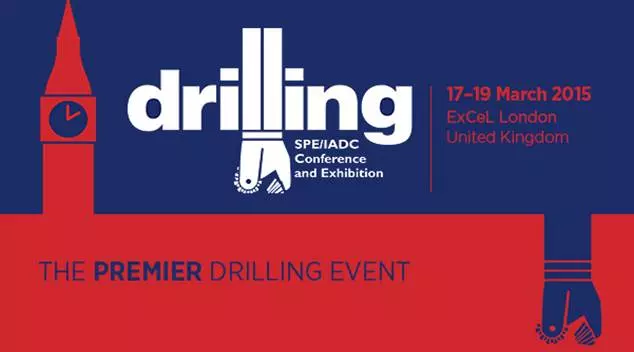Use of composite plugs makes milling faster, but in this case a plug set in a 7” liner had to be milled by a 2 7/8” motor on coiled tubing with limited power reserves.
Objectives
Based on significant experience with Anti Stick-slip Tool (AST) technology from operations in the North Sea, Weatherford proposed use of an AST when given the challenge of effectively milling out composite barrier plugs using a 6” mill on a 2 7/8” motor. BJ Services supplied the 2” Coiled Tubing service for the job and the operator was RasGas, Qatar.
Results
After a detailed design review required by RasGas for entering sour wells, the 2 7/8″ TT-AST tool was made up above the Weatherford 2 7/8″ eCTD motor. The 6” Clear Cut Multi Plug Mill (CCMP) was then made up to the motor using an x-over. Milling progressed effectively with a minimum of stalls. It was observed that the motor could be driven at loads higher than normally recommended as the safety margin could be dropped with the AST practically eliminating the risk of stalling. Eventually the motor load was up to 80% of maximum capacity. The few stalls encountered were likely caused by the CCMP mill gauge being jammed by the carbide slip inserts braking free from the plug during milling.
Value
A summary of the value can be found in a transcript from the RasGas “Lessons Learned” system below.
Lessons Learnt – WHP-10, NFR10-6
Summary
To prevent a shutdown a UPS will be provided by NOWMCO and installed inside their control cabin to arrest any surges.
Introduction
The Anti Stall Tool (AST) stabilises the milling action through a closed-loop process where the downhole weight on bit is manipulated to maintain a steady reactive torque. The AST tool is designed to function with up to a nominal 2.000 lbs weight on a bit. Any milling should be within this nominal (working) range. If more weight than this is set down, then the tool will not function as intended and milling will be performed as if the tool was not present. The AST tool will relieve the WOB in the event that it sees high torques caused by the mill acting on the milling surface, prevent stall-out and minimise wear on the motor and bit (allow the mill and motor to be on bottom longer). The AST will not prevent stall out if the excessive torque is caused by binding between the side of the mill and the casing.
Summary
If stalls can be minimised or prevented entirely then CT pipe fatigue is reduced and lost time is prevented by not having to deal with the stall. If excessive stalls do occur then the excessive fatigue introduced to the CT pipe may require the CT to be POH and the CT pipe cut back to allow the previously cycled area to be placed at another depth.
Milling with the AST is no different than milling without the tool, the practices are unchanged. The effects seen are:
- Steady differential pressure from the motor. This allows for increasing differential pressures, typically up to 80% of the motor capacity.
- Simplicity in placing the bit on bottom. The pressure peaks are typically reduced or eliminated.
- Minimum wear on motor (stator) and bit.
